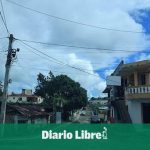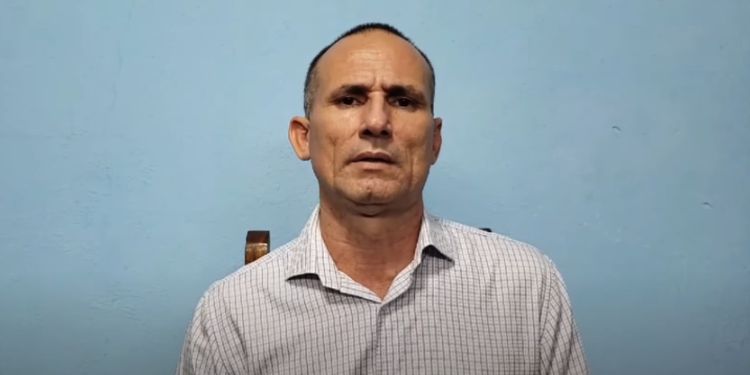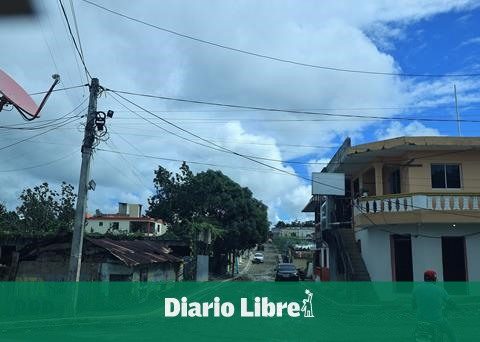This weekend 11 years have passed since the declaration of the Coffee Cultural Landscape, after on June 25, 2011, the World Heritage Committee of the United Nations Educational, Scientific and Cultural Organization – UNESCO, inscribed the Coffee Cultural Landscape on the World Heritage List. However experts They warn that during this time the region has undergone transformations that could put the conservation of said declaration at risk.
It should be remembered that The Coffee Cultural Landscape is made up of six zones in the departments of Caldas, Quindío, Risaralda and Valle del Cauca that extend through 51 coffee-growing municipalities. In the case of Quindío, 11 of the 12 municipalities that make up this department are part of the PCC except for La Tebaida.
Also read: The sunflower route: the fashionable plan in the Atlantic
A territory populated by settlers whose economy and culture have revolved around coffee for more than 100 years and where Approximately 24,000 families, who still preserve inherited traditions, produce excellent quality mountain coffee.
From the Academy of History of Quindío they state that the decrease in the areas planted with coffee in the municipalities that compose it, puts this inclusion in the UNESCO world heritage list at risk and it turns on the alerts since coffee is the main component of the set of characteristics taken into account in 2011.
“The area planted in coffee has decreased. That is logical because planting and cultivating coffee is no longer profitable. If coffee disappears, what happened to Cuba happens to us. I believe that coffee is not going to disappear here, but the way of cultivating and producing has changed,” said Fernando Jaramillo Botero, member of the Quindío Academy of History.
Gustavo Pinzón, a researcher at the University of Quindío, Gustavo Pinzón, agrees on this, emphasizing that changes in land use towards other crops end up affecting the attribute as a natural heritage and recalled that in 2010 there were 33,000 thousand hectares planted in coffee and now there is a record of 18,000 thousand hectares.
You may be interested in: National Navy rescued 24 castaways in Buenaventura (Valle)
It is worth mentioning that from the Ministry of Culture of Quindío, Actions have been taken to strengthen the knowledge and dissemination of heritage, with the aim of empowering the Coffee Cultural Landscape and make it known to the world as one of the great attractions for the conservation of culture.
It is estimated that Approximately one and a half million tourists arrive in the department each year. driven by the attributes of the Coffee Cultural Landscape.
Another aspect that puts the declaration at risk has to do with the transformation of the traditional houses of the farms of the region, constructions of the Antioquian colonization in bahareque have been disappearing.
“We see mansions that have been an icon of colonization and that have had more than 100 years of history are demolished to make way for modern houses and that also ends up altering the landscape we knew”, added Fernando Jaramillo.
The historian Jaramillo Botero concluded by saying that this is an ideal time to strengthen identity and the quindianidad having coffee as a pillar and all the components of a unique landscape that has made it possible to make the coffee region visible to the world.

















